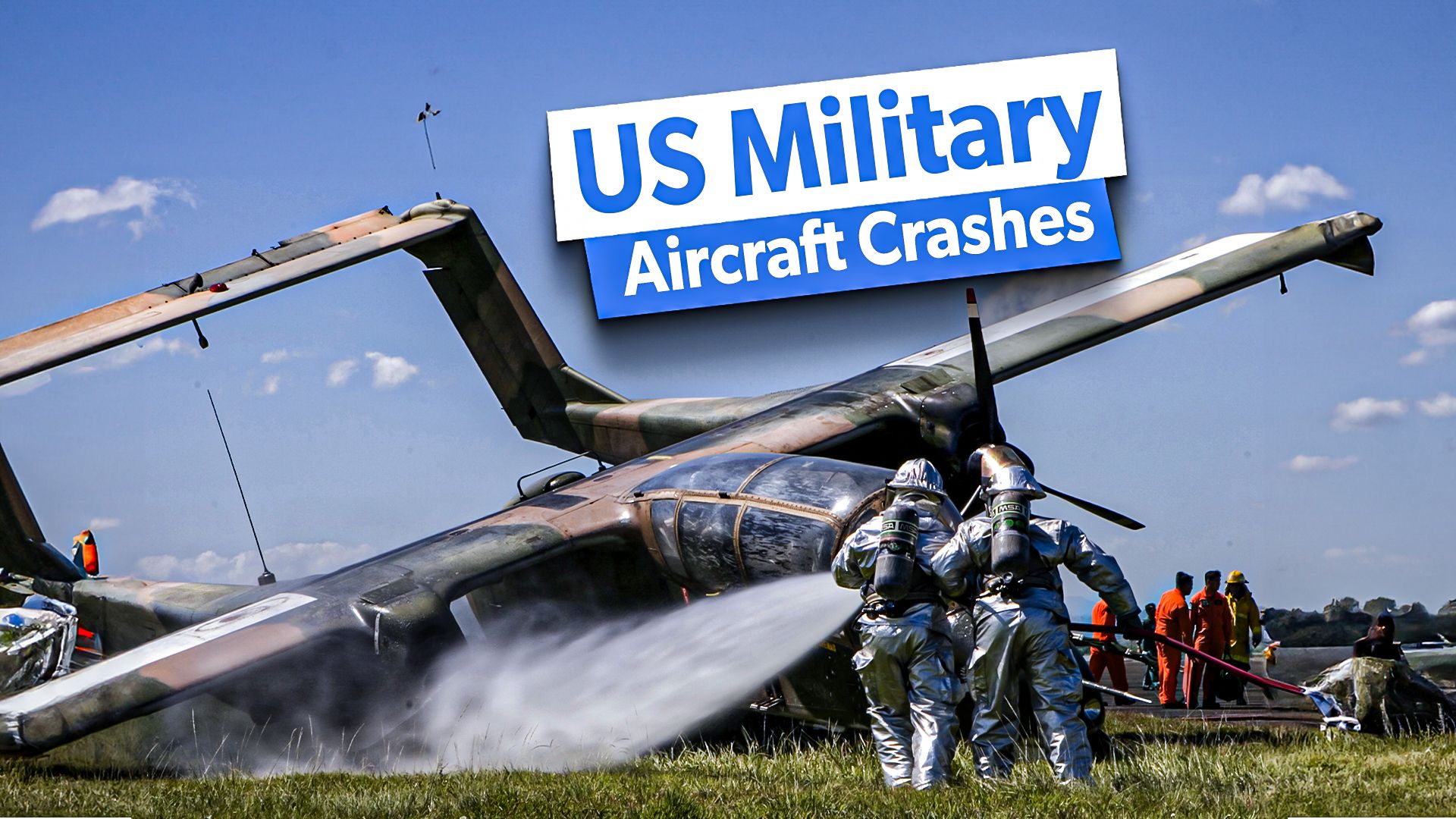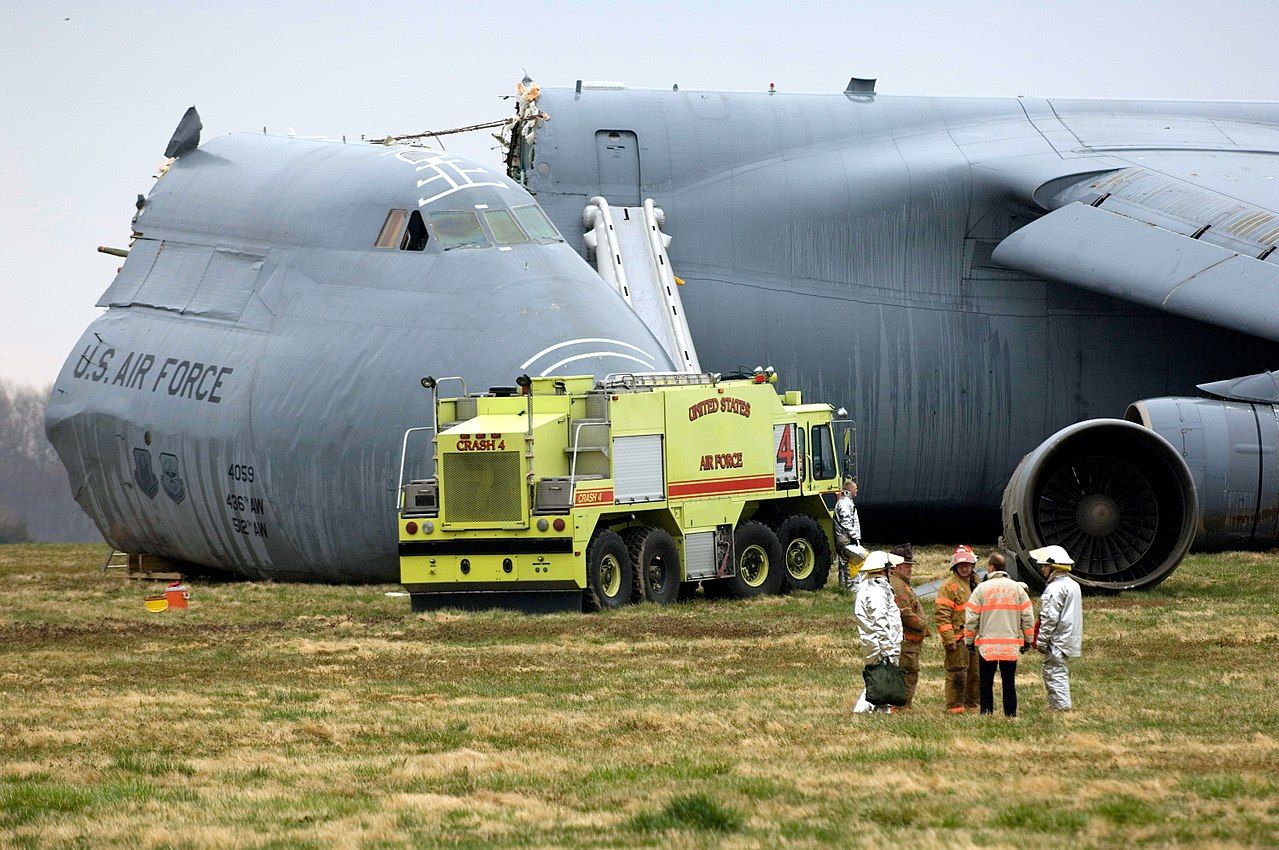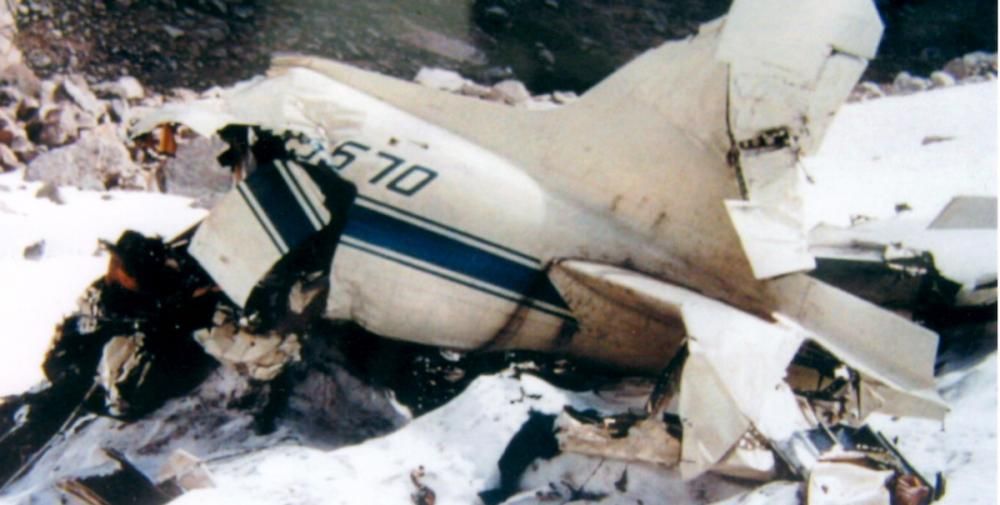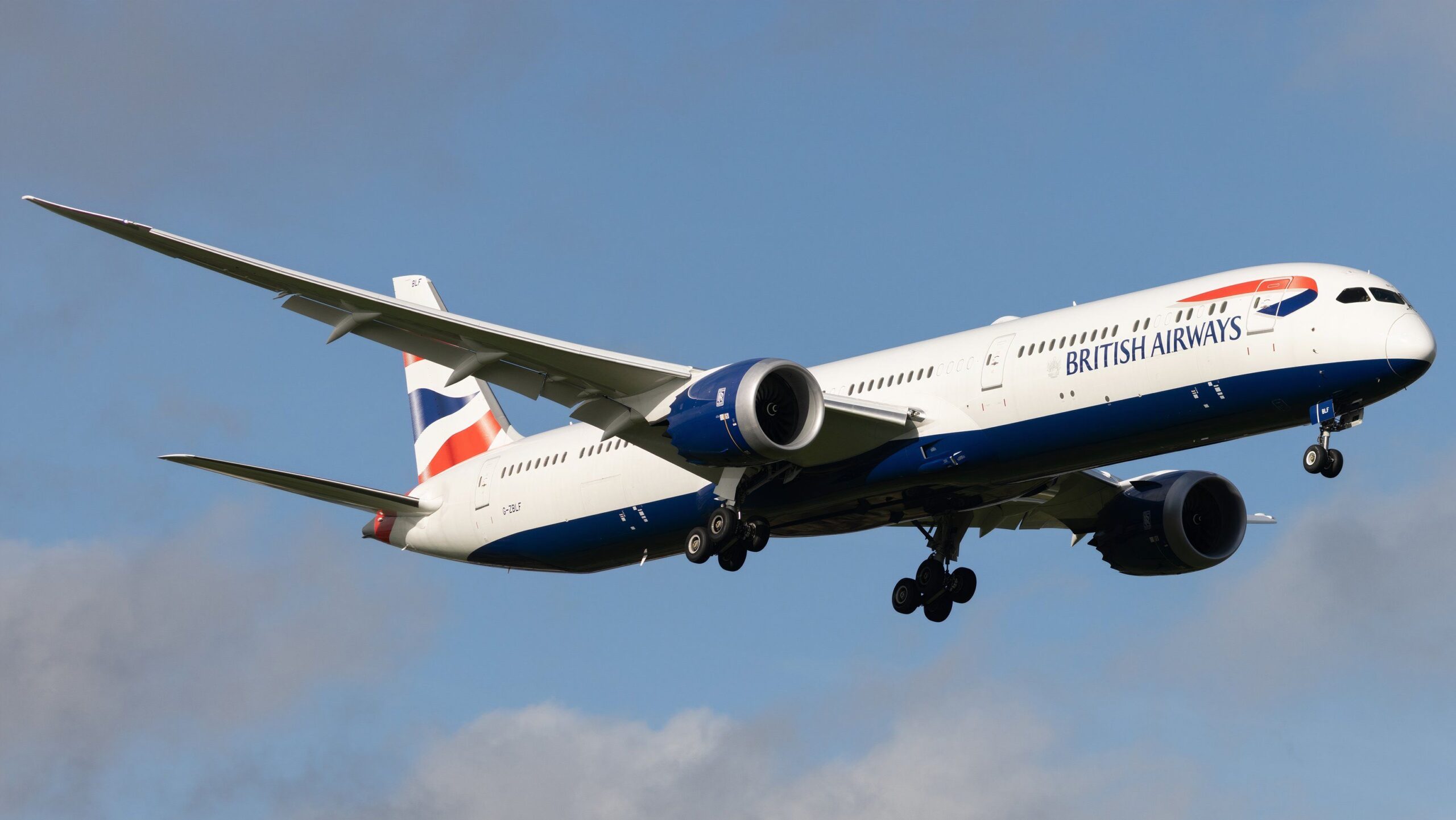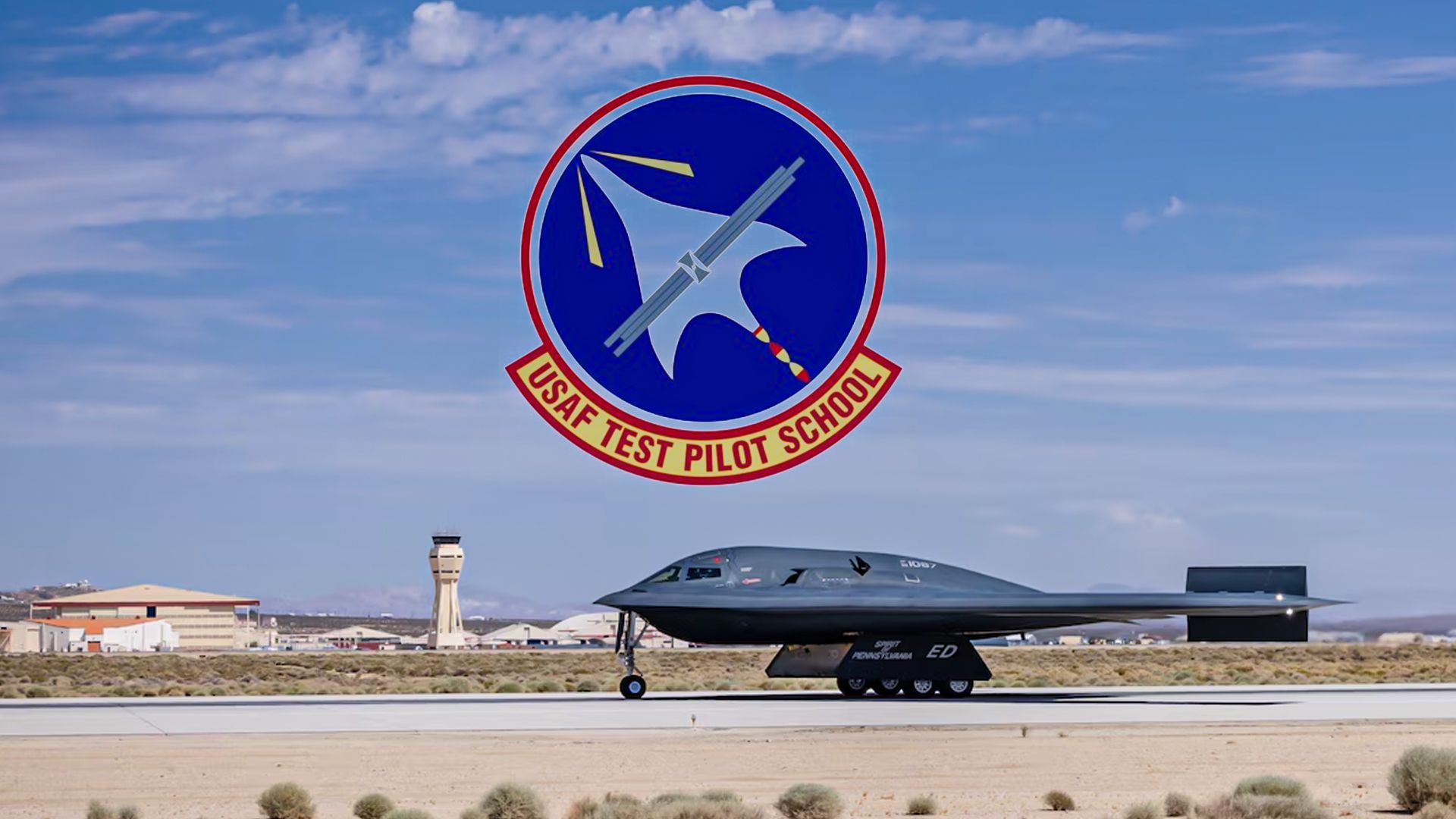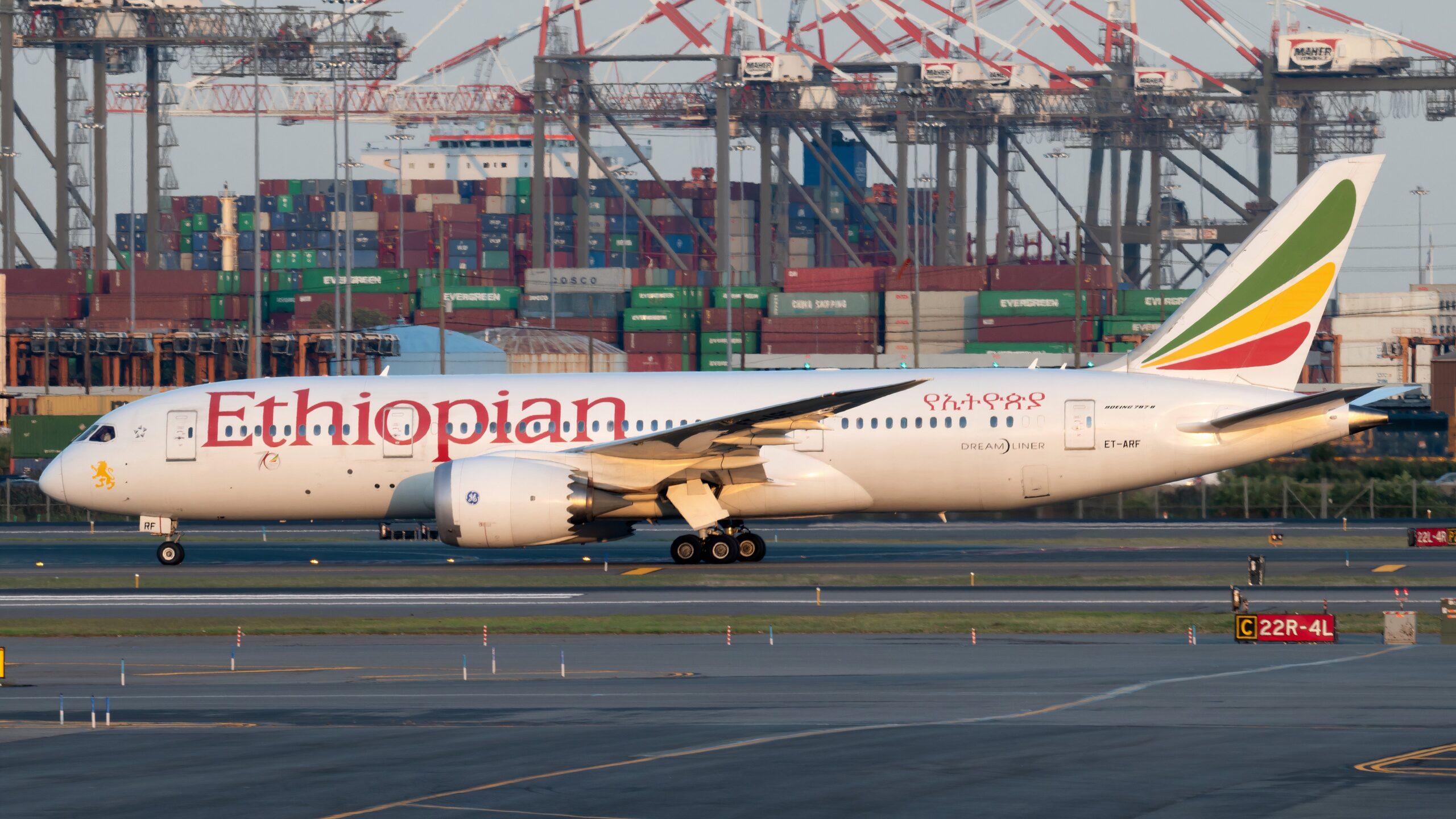Summary
- Mishaps in the US military involve multiple processes & a comprehensive investigation due to complex aeronautic operations.
- The military aircraft accident investigation involves five key steps to uncover root causes, from ISB to final recommendations.
- A mishap investigation in the US Air Force can involve minor injuries or catastrophic aircraft accidents, each requiring a thorough examination.
Simple Flying has extensively covered accident investigations and cabin crew perspectives on commercial flights in recent months. In addition, there is plenty of published information about what it takes to conduct an accident investigation of a commercial aircraft.
But do you know what a military mishap investigation entails? How is an accident in the US Air Force or Space Force addressed, and how do investigators respond to such accidents? This article briefly overviews how US military aircraft accidents are handled and investigated.
An unwanted event
An accident or a mishap involving an air or space force aircraft can occur for various reasons. The United States Air Force (USAF) defines a mishap event as,
“An unplanned event or series of events that results in damage to DoD property; occupational illness to DoD personnel; injury to on or off-duty DoD military personnel; injury to on-duty DoD civilian personnel; or damage to public or private property, or injury or illness to non-DoD personnel, caused by DoD activities.”
The Air Force states that it is responsible for a wide range of safety investigations, and military aircraft accidents are just one of them. The other major processes are Incidents, Nuclear Surety, Hazards, and Safety Studies. Military aircraft investigation is one of the most comprehensive processes due to the level of complexity present in military aircraft operations.
Mishap investigation process
There are five major steps in the military aircraft accident investigation. After the accident, several investigative and safety teams work together to ensure no stone is left unturned and no possible cause of the crash (or other outcome) is left unaddressed.
- Step 0: An accident occurs
- Step 1: The beginning of the investigation by the interim safety board
- Step 2: A defined class of the accident
Let’s explore each one of these preliminary steps in detail.
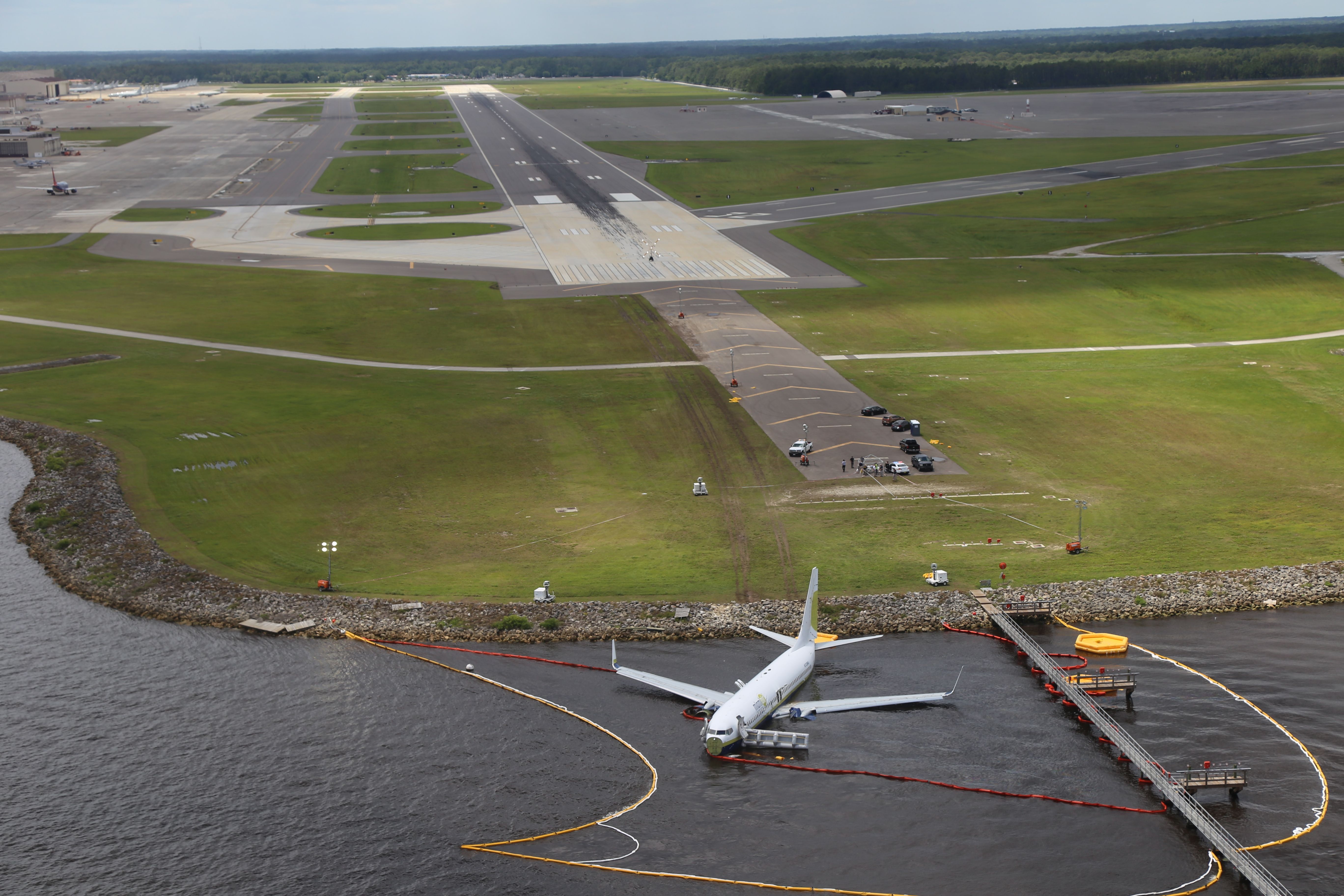
Related
Air Crash Investigations: What Do They Entail?
Air crash investigation is a complex and lengthy process.
Step 0
An accident can be as minor as an employee’s ankle sprain at work or as massive as a fighter jet’s crash during a sortie. Any incident that results in the death, injury, or illness of someone or damage to property is considered a mishap and requires an investigation.
Step 1
The Commander responsible for the area where the accident has occurred (or the base station commander in case of offshore occurrences) appoints an Interim Safety Board (ISB) to begin the investigation. ISB members are safety officers trained to follow a standard preliminary investigation by collecting data and evidence.
The team preserves as much information and evidence as possible before the official Safety Investigation Board (SIB) arrives. The preliminary ISB investigation is rather short. According to the Air Force,
“The ISB investigation usually only lasts a day or two, but is crucial because the quality of witness statements and environmental evidence can deteriorate quickly.”
Following these preliminary steps, the investigation advances with three additional steps in the process.
- Step 3: The SIB performs a thorough investigation
- Step 4: Case presentation to the convening authority
- Step 5: Recommendations and improvements
Step 3
Every accident (or mishap) is assigned a Class A through E, with A being the most severe and E being the least. For example, a class A mishap may result in a fatality or a permanent disability, destruction of a DoD aircraft, or a direct loss costing $2.5 million or more. On the other hand, an E Class mishap may not meet the reporting criteria but is deemed investigative for hazard identification and future prevention. The SIB team is formed based on the accident class and the level of expertise and assistance needed.
Step 4
The longest step in the process begins as soon as the SIB team takes over from the ISB and begins a formal investigation into the accident. From gathering evidence to interviewing people and analyzing materials and data, the SIB specialists explore every possibility of what may have led to the occurrence. The team aims to identify root cause(s), determine contributing factors, and complete the investigation. This step takes approximately three months.
Step 5:
Upon completion of the investigation, the SIB team presents its results to the convening authority. Depending on the accident class, members of the convening authority are selected. After hearing the findings, the convening authority can either accept the results, request further investigation into one or more aspects, or appoint a new SIB to restart the case.
Applying insights from the investigation is Step 6:
When the convening authority accepts the investigation findings and results, the recommendations are passed onto the implementation team(s). The responsible parties either carry out improvement plans as recommended, implement an alternate action, or discard the recommendations and accept the risks. This step can take numerous months or years to complete, depending on the extent of corrective actions and their implementation.
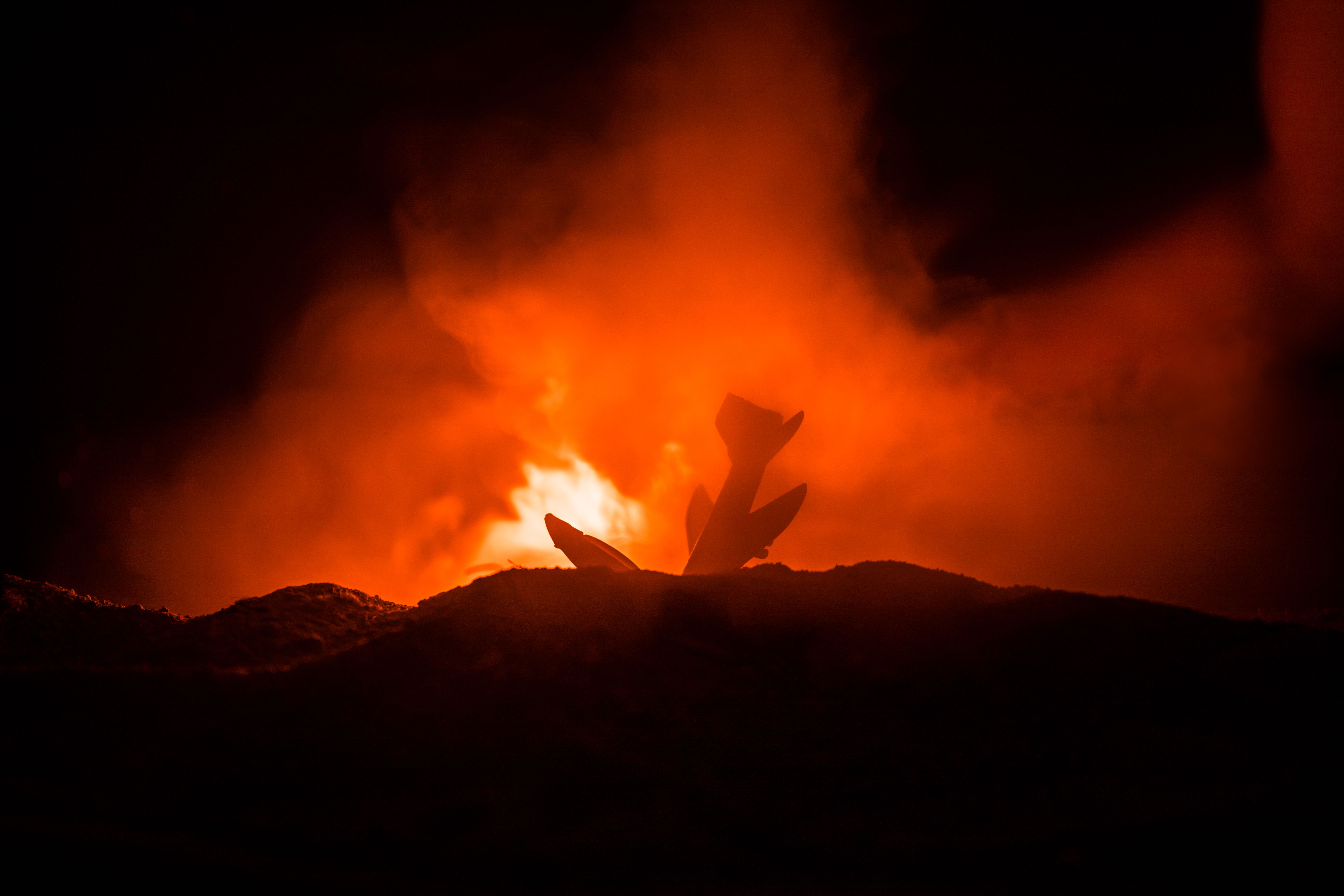
Related
Why Do Air Crash Investigations Take So Long?
Air crash investigators can take years to conclude their findings.
What are your thoughts on the steps involved in investigating a military accident? Share your views in the comments section.

